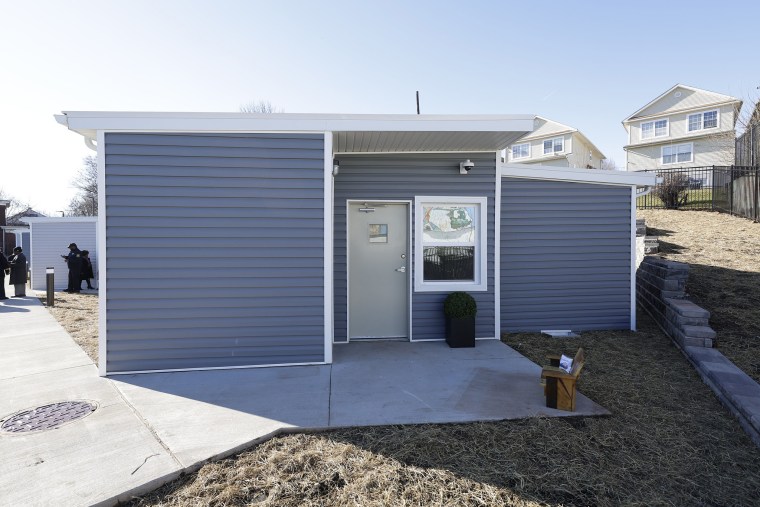NEWARK, N.J. — For William Danicko Beck, living on the streets here has been “a real struggle.” Beck, 47, has been homeless for years. He often has to deal with challenges like cold weather, which is so harsh during the winter that he can “hardly think straight.” He also fears for the safety of himself and his female friends, who he said, are often targets of assault.
“I would be so tired — been up for days just not trying to go in too much of a deep sleep,” Beck said, “because who knows what might happen?”
Yet, Beck’s struggles may come to an end with a new housing community developed by the city, which will give Beck and other people in Newark without homes a roof over their heads.
Newark, a mostly Black and Latino city of 305,000 residents, unveiled Hope Village II, its latest transitional housing community for at-risk homeless residents on Monday. In the city’s South Ward section, it has four clusters of container homes for 20 residents made out of shipping containers, each with a bathroom, kitchen and Wi-Fi. The city also recently partnered with The Nature Conservancy to secure a $28,000 grant to plant about 50 trees and close to 20 shrubs.
In addition to housing, the 20 Hope Village II residents will have access to social services to help with drug addiction, job placement and more.
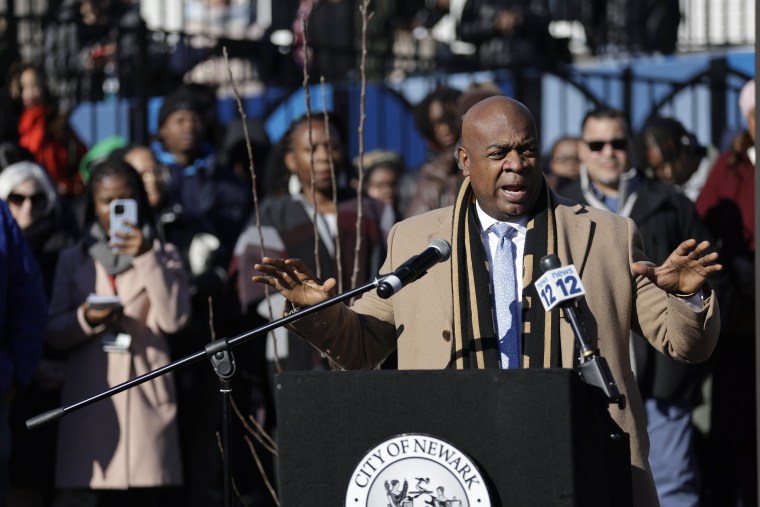
“Homelessness is a result of a crack in our system that has existed way before our time — a crack that is widening and deepening as years go on and is not being addressed,” Mayor Ras Baraka said Monday at a news conference. “People in Newark, in cities like ours, are burdened with the idea or the weight of taking care of a national problem in local places.”
“We’re not running from it,” he added.
Hope Village II is the second installment of “The Path Home,” an initiative Baraka launched with the city’s Office of Homeless Services to end chronic homelessness in Newark within three years. Hope Village I, which opened in 2021, houses 24 formerly homeless residents, many of whom had sought shelter around Newark Penn Station.
Hope Village III, with a yet-to-be-determined location, will be designed by architecture students from the New Jersey Institute of Technology.
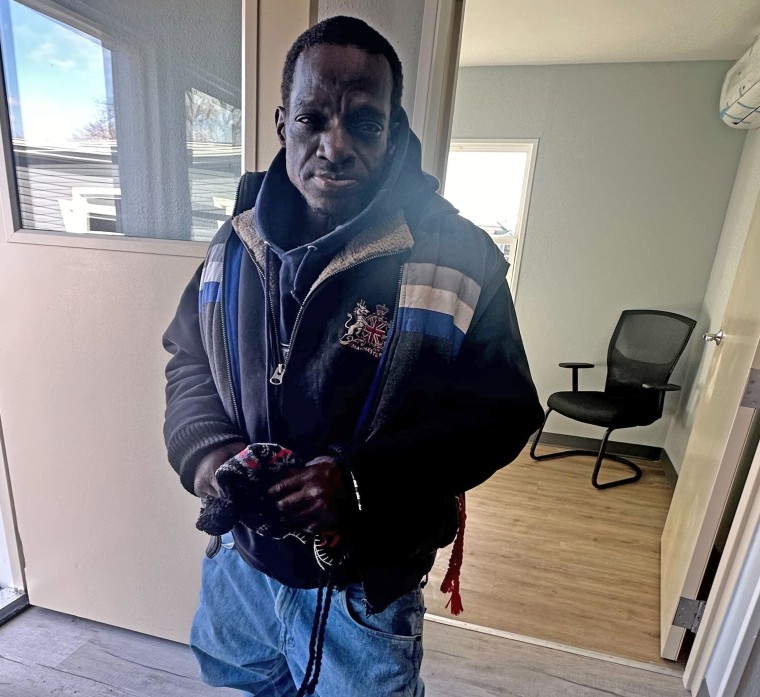
Beck learned about Hope Village II this past summer through a member of the outreach program. Although he was skeptical at first due to having been “let down so many times,” Beck decided he wanted to learn more after multiple interactions with the outreach team.
“The opportunity to be here — right now — it’s a miracle,” Beck said. “It really is.”
Once he has housing, Beck said he wants to get help for his heroin addiction and focus on re-establishing a relationship with his 32-year-old daughter, who lives in Birmingham, Alabama.
Since The Path Home’s 2022 launch, Newark reported its unsheltered homeless population decreased by 57.6% within the first year.
Luis Ulerio, director of the Mayor’s Office of Homeless Services, said that a lot of the homeless residents in the city move a lot, making it difficult to compile a waitlist for the new housing community. His team found potential residents by visiting places like abandoned buildings and gas stations. While it’s a lot of work to find these individuals, Ulerio said, “It’s worth it.”
At the unveiling, Ulerio said, a woman who lives at a gas station near Hope Village II was shown the room where she will live. “She saw it for the first time, and she’s just elated about the opportunity,” he said.
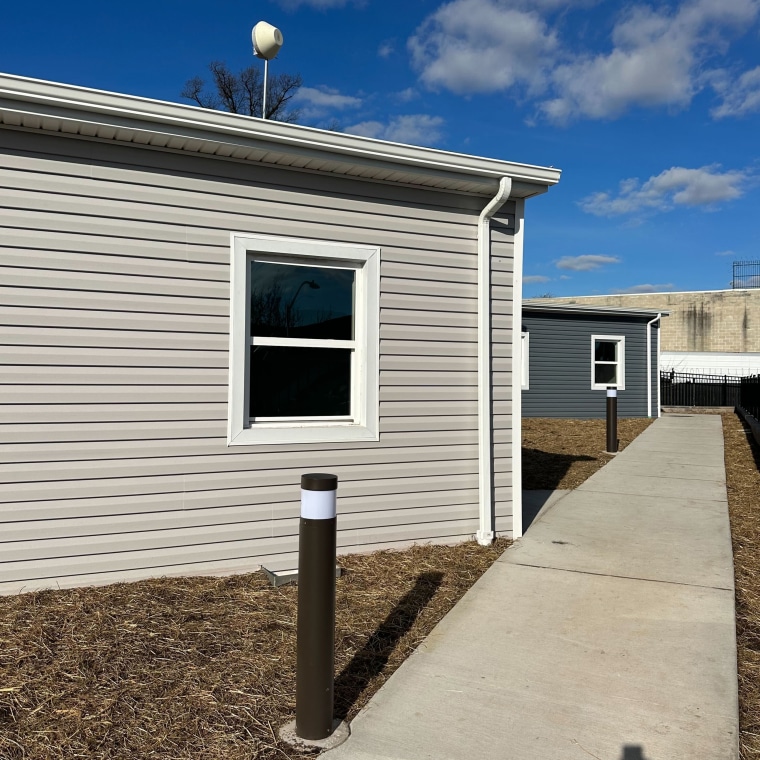
Lamont Johnson, 60, learned about the new housing community on the same day as the unveiling ceremony. Johnson said prior to the pandemic, he had been staying at Helping the Homeless, a local shelter, but left to find someplace else to stay. He has been without a home for more than a year.
Johnson said Hope Village II would be an ideal place for him to stay, since it’s near a bus stop and has Wi-Fi so he could “go and look for work if I need it,” he said. This is “really the first time” Johnson has ever been out on the street, he added, saying that at one point he even worked three jobs. If given the chance to live in the housing community, he said his first priority is to return to work.
“I’ll be 65 in a couple of years and I want to retire at a decent age,” Johnson said.
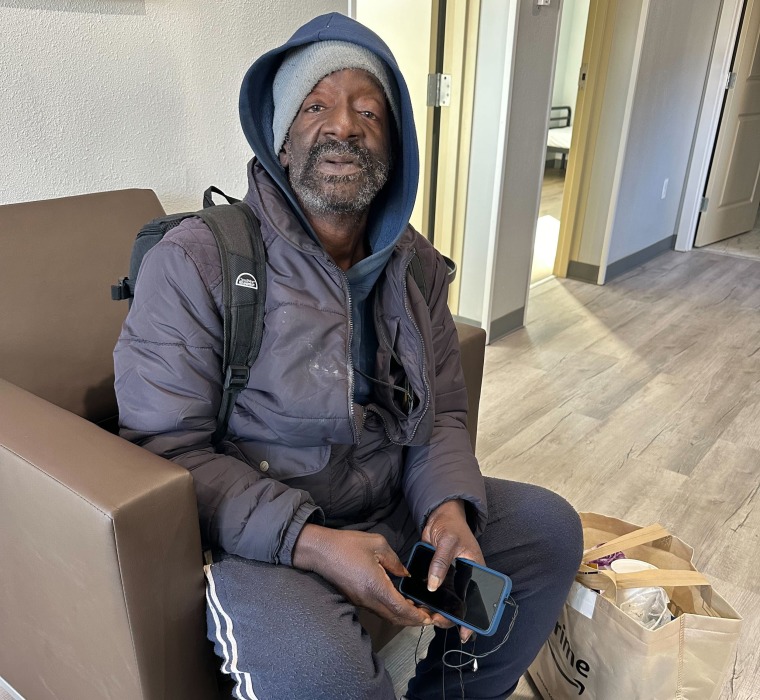
Many homeless people in Newark are older individuals who are “four times more likely to be victims of crime than they are to commit crime,” Baraka said. Hope Village II provides a sense of safety by including armed security who will be on the premises 24/7 and who will have access to surveillance cameras monitoring the front and rear of the premises.
Baraka said Hope Village II’s social services will make it easier for its residents to transition into permanent housing. While there is no limit to how long residents can stay, Baraka said that once residents are comfortable and settled in, “we begin to talk to them about what the future looks like and not force it upon them.”
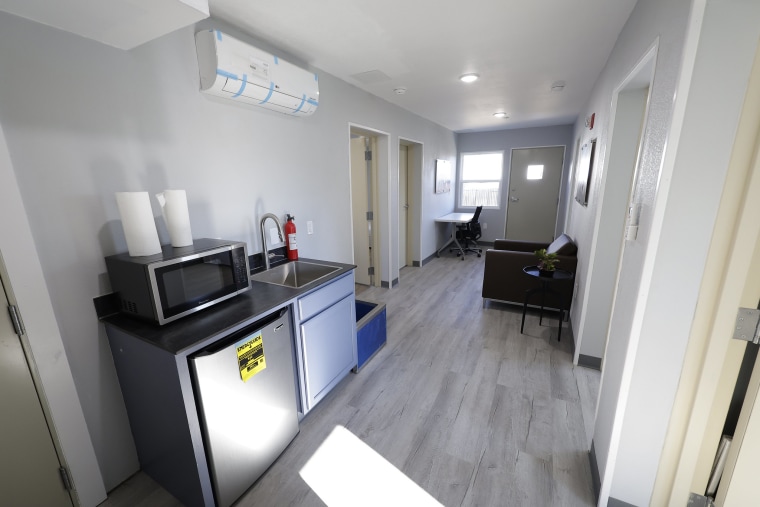
Baraka is also confident that the city will meet its goal of ending homelessness by 2025. Furthermore, after years of surviving on the streets, homeless residents will be given the opportunity in these new communities to simply live.
“The trees, the Wi-Fi, the social services,” Baraka said. “All of those things help people feel like they are human beings again.”
For more from NBC BLK, sign up for our weekly newsletter.
